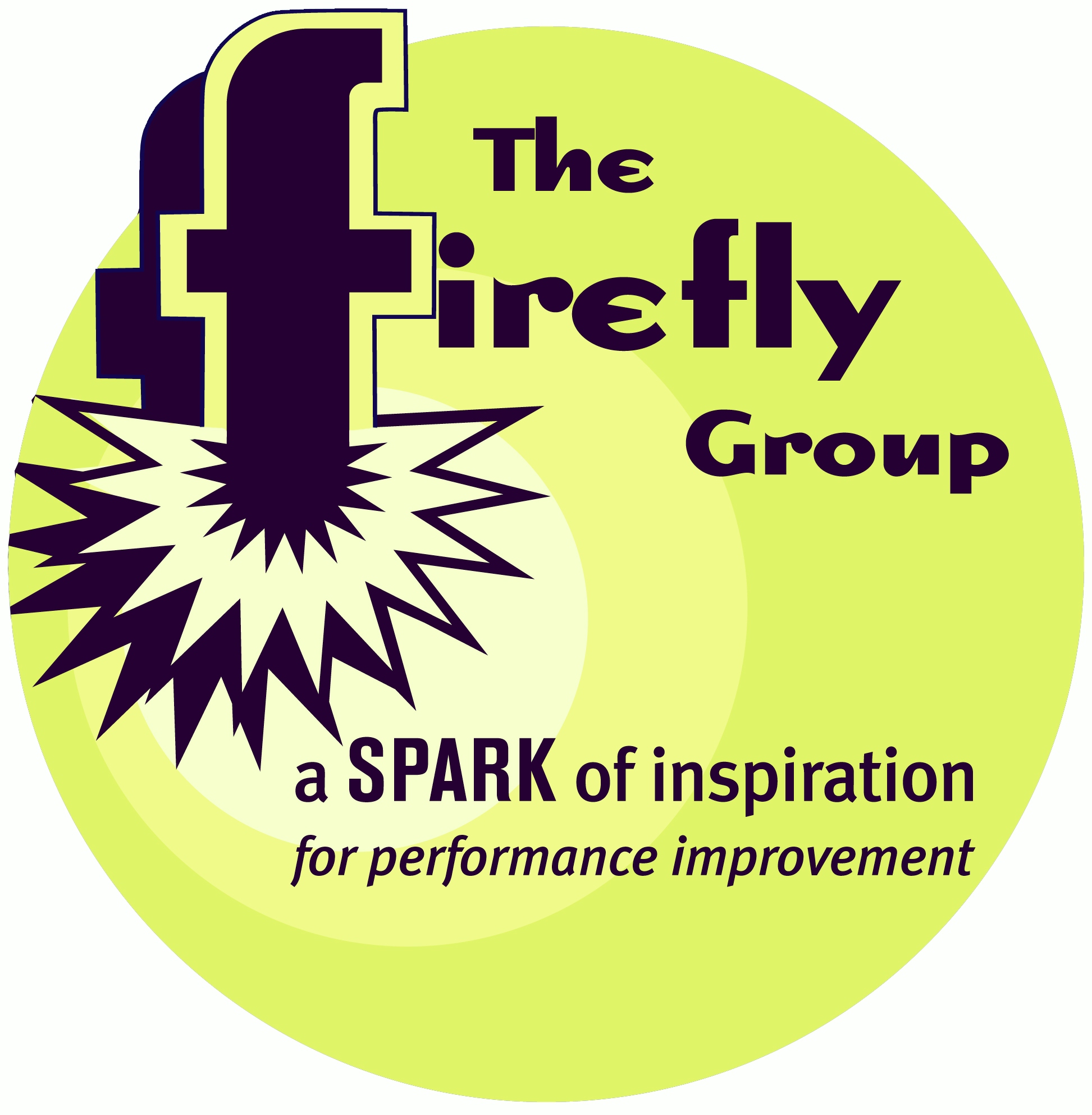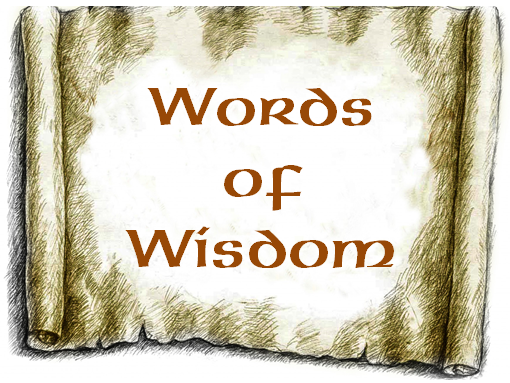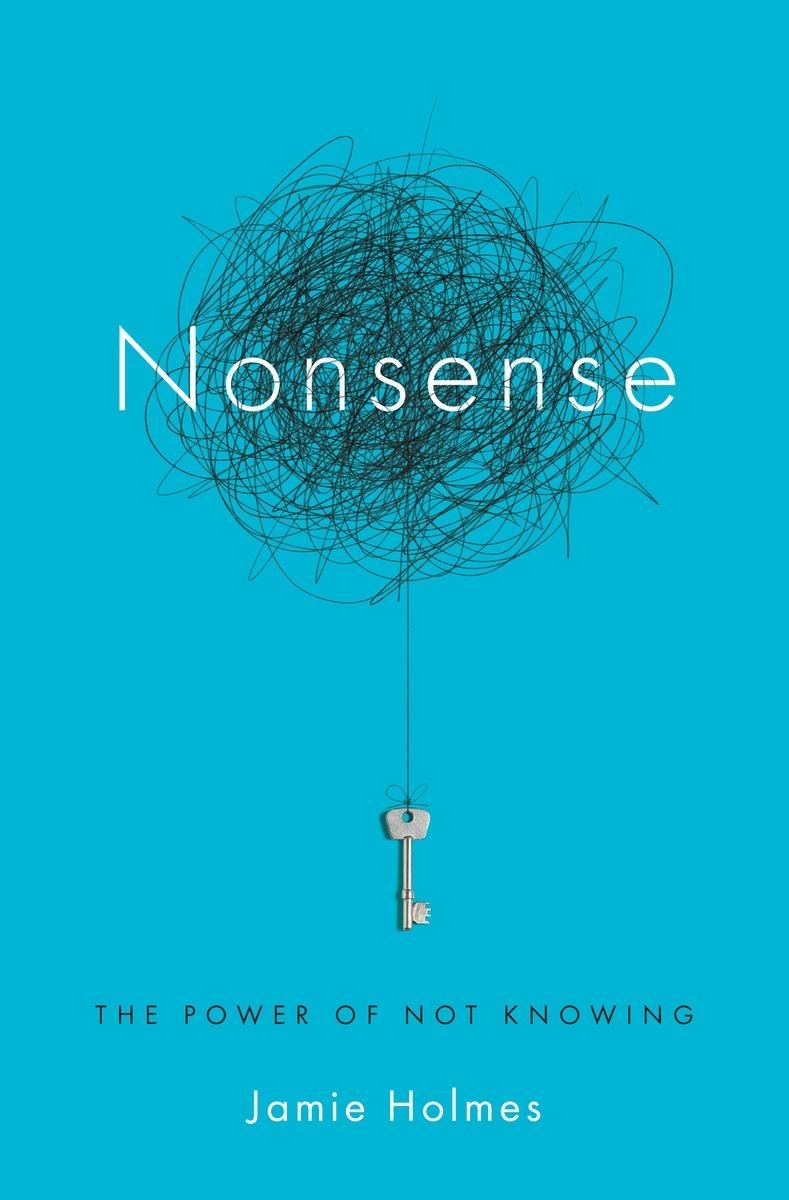

What's New

Words of Wisdom
52
cards and 15 activities to spark conversations and make sense of learning.
Learn more HERE.
What We Do
The Firefly Group helps people make sense of what they learn and experience.
Whether facilitating a group for better decision-making, keynoting a conference, leading a training, or writing an instructional design, we use novel methods that engage, spark creativity, and produce memorable results.
 If
this sounds like a good direction for your organization, let's talk about
how we might collaborate! Please give me a call (802.257.7247) or send an
. - Brian
If
this sounds like a good direction for your organization, let's talk about
how we might collaborate! Please give me a call (802.257.7247) or send an
. - Brian
 Your ETR (Estimated Time to Read): 10 minutes Your ETII (Estimated Time to Implement Ideas): 5 weeks |
February 2016
|
Say
It Quick |
Discoveries bits of serendipity to inspire and motivate |
Ideas fuel for your own continuous learning |
Activities tips and tricks you can try today |
| Leadership Averse | Nonsense: The Power of Not Knowing | Five-Ten-Five |
Readers Respond to the January 2015 Firefly News Flash with a Discovery about stacking firewood:
Happy New Year, Brian
You left out the most satisfying, comforting, and efficient way of stacking wood, 12 cords in my case (Québec, and all that): Pay a man $15 an hour to cord it.Work is very satisfying when you can watch it being done by someone else, and it is easy to find something else to do that is worth more than $15 an hour! The someone will be very satisfied too, with 100$ in his pocket.
Amitiés, Pierre Corbeil
Hey Brian
By chance, have you read the book "Norwegian Wood"? If not, get a copy, it's right up your alley with your pondering on wood stacking.Happy New Year! Joayne Larson
Read the full article HERE.
Certainty leads to quick decisions. But being unsure may produce a better solution in the long run. Learn more about the role of ambiguity in creativity and organizational change beginning with this story in just 99 words.
Leadership Averse
At a statewide leadership training course I facilitated, everyone returned to the same chair after lunch. I mentioned that this was an opportunity to learn from other leaders and asked people to sit at a table with all new participants. As leaders themselves, I let them figure out how to make the change.In the ensuing chaos, the leaders "conspired." Some moved with a buddy. Others brought along familiar "comfort" items. One whole table stayed intact, hoping I wouldn't notice!
Thus, a simple request became an object lesson in overcoming the barriers to change that leaders face!
 Nonsense:
The Power of Not Knowing
Nonsense:
The Power of Not Knowing
by Jamie Holmes
The human brain craves consistency. We like knowing the correct answer, the best decision, the right way to think or act.
Being able to resolve ambiguity is essential for our survival. It helps us make decisions and act. Understanding consistencies enables us to predict what might happen next. It shortens our reaction time and helps us be more efficient in our daily living.
Resolving ambiguity is also necessary for learning. Noticing how things are alike or different, putting information into categories, making systems that build upon previous knowledge are all possible when we can come to clarity and have definitive knowledge about an issue.
But in his book, Nonsense: The Power of Not Knowing, Jamie Holmes highlights the value of waiting, of deciding deliberately, of sitting with ambiguity. Citing research and sharing contemporary examples, Holmes makes it clear that comfort with ambiguity is essential for better decisions about complicated situations, for inventing and problem-solving, and for artistic expression.
Our need for certainty and the comfort it brings means that we may be vulnerable in highly stressful situations where time and accuracy are associated with an important issue. We are more likely to make bad decisions or fall back on assumptions and prejudices when we feel a strong need for closure. At the precise moment that we need a variety of options, our brain is demanding that we make a choice - any choice - and move on.
Holmes explains that waiting to decide, not forcing a resolution, gives us time to question our assumptions, test ideas, and discover new options. All this can result in better decisions; better actions.
The ability to be comfortable with ambiguity is a combination of both personal temperament and one's particular situation. Holmes offers readers a chance to score their own need for closure. He describes the work of an FBI hostage negotiator who is highly success because of his low need for closure.
Another section of the book describes a process to increase innovative ideas. Most inventors are restricted by the limits of their own assumptions. By listing all the properties of an object, as described by psychologist Tony McCaffrey, one can identify and exploit obscure features of the object and use them for a novel solution.
The book also explains that people who have been raised bilingually are more likely to be comfortable with ambiguity. They are adept at straddling two cultures and holding different realities as valid simultaneously. As a result, they are often at an advantage creatively.
Resources:
Nonsense: The Power of Not Knowing by Jamie Holmes, Crown Publishers, New York, ISBN 978-0-385-34837-9
See also my review of The Opposable Mind: Winning Through Integrative Thinking by Roger Martin, Harvard Business Press, 2009, ISBN: 978-1-4221-3977-6 in the June 2011 Firefly News Flash.
The Balance
of…
To produce
the best learning and coaching, balance the desire for curiosity with…
Wait, hold that thought!
Before I finish that sentence, I'd like to share a fascinating account in Jaimie Holmes' book, Nonsense. Holmes describes the work of Michel Thomas, an educator who has achieved astonishing results teaching various languages.
Imagine walking into his class to learn a language you know nothing about. The classroom is set with comfortable leather chairs and soft lighting. Thomas explains that you already know a lot about this foreign language so he tells you not to bother taking any notes. Yet, in just five days, you are able to understand and translate sentences as if you'd studied the language for five years!
How is this possible? Thomas is a master at creating an ideal learning environment - which can also be applied to a coaching session or team setting. By removing the sources of stress, creating safety, and connecting the new information to what people already know, Thomas is able to accelerate learning.
In Nonsense, we learn that our ability to assimilate ambiguous, new information with what we already know is enhanced when we are relaxed. However, when we are stressed either physically, emotionally, mentally, socially, or otherwise, our need for closure kicks in. We become intensely focused on resolving inconsistencies in the hope that at least one of the stressors affecting us will be resolved.
Want to see how little someone can learn? Put them in a cold room on a hard chair, keep them hungry, make them listen without participating, and give them a quiz. In the 99-Word Story, emerging leaders were given the opportunity to engage their curiosity by sitting with someone new. Unfortunately for many, their need for certainty, for closure, kicked in and their options became limited.
Thomas' brilliance is his ability to capitalize upon people's puzzle-solving curiosity without creating so much stress that they shut down.
And now, having baited your curiosity and provoked you to read this whole article, I can finish my opening sentence!
To produce the best learning and coaching, balance the desire for curiosity with the need for closure.
Five-Ten-Five
You can use a combination of curiosity and closure to add meaning to your
next meeting, training activity, or project review. Use this activity to summarize
the major points of a workshop. Five-Ten-Five is attention-getting, provocative,
and quick. Please
the result if you use it!
Time: 15 minutes
Materials: Flipchart, markers, pens, paper
Participants: Any numberProcedure: Ask participants to call out words related to your session topic. Generate a list of five words and post them on the flip chart. Next, ask people to call out five more words that have nothing to do with the workshop and are unrelated to each other. Post them on the flipchart also. This becomes the list of ten key words.
Invite people to choose a partner or make a team of up to four people. Challenge them to write five sentences related to what they have learned using all ten key words in five minutes. They can mix and match the key words in any way they see fit as long as all ten key words are used.
Start your timer!
At the end of five minutes, have teams or partners share their statements. As they do, check off the key words they use.
Award prizes or applause for humor, wit, practicality, lasting impact, or ease of recall.
Discussion:
- What new insights did you gain about the topic by writing your ten statements?
- What statements were most surprising? " Which key words were most difficult to use?
- If you were to play this game again, what different words would you add to the key word list?
- Be prepared to distribute the statements to everyone as a follow up.
Variations:
- Ask each team to generate a list of ten key words. Have them trade their list with another team then write five statements with their new list.
- Use Five - Ten - Five at the beginning of your workshop to surface expectations.
- Have teams post and illustrate their statements on newsprint.
- One month after the workshop, send the list of key words to participants in an email. Ask them to send their five statements to you. Post the statements on your website.
- Market your workshop. Send the key words out ahead of time. Ask, "What connection do these ten words have with the session topic? Come to the workshop and find out!" At the workshop, invite people to write sentences with the words and use the result as a needs assessment for your training.
|
Whether you need a keynote speaker, or help with strategic planning, performance improvement, or training facilitators and trainers in your organization, I look forward to your call (802.257.7247) or . -- Brian |
Read previous
issues. Click Library!
To add or delete your name to our mailing list, email
with a short note in the subject line.
I want this newsletter to be practical, succinct, and thoughtful. If you have suggestions about how I can meet these criteria, please let me know! Send me an with your thoughts and ideas.
Home
| Services | Products
| Mission | Ideas
| The Group | The
Buzz
(c)
2016 The Firefly Group